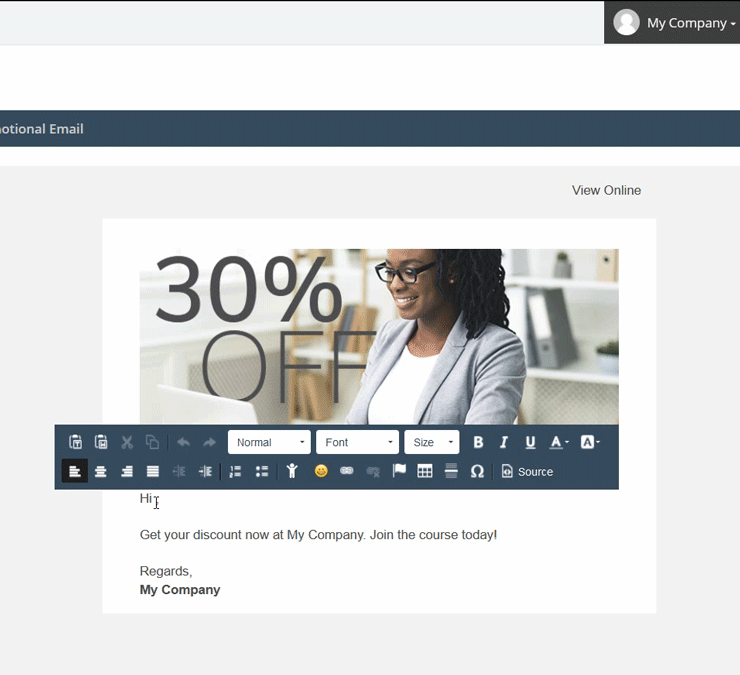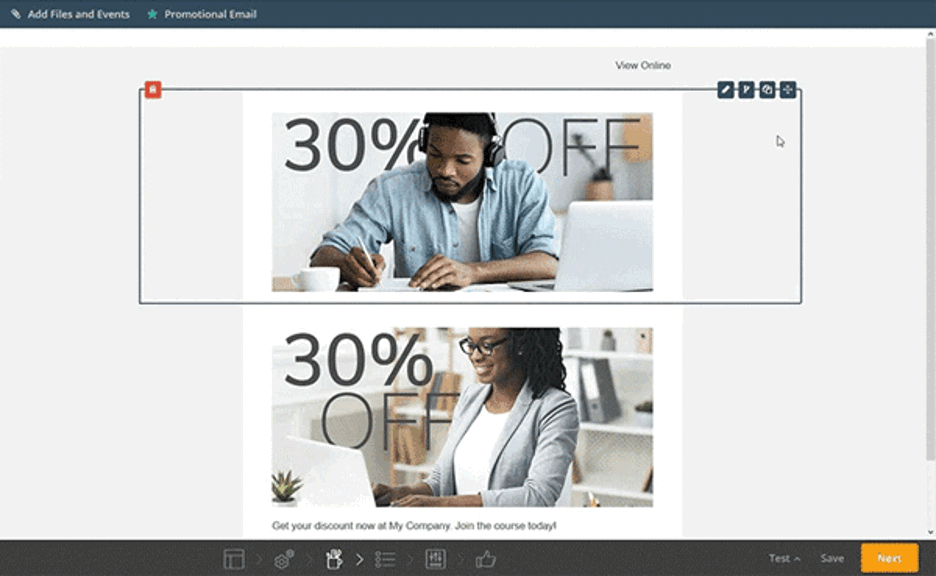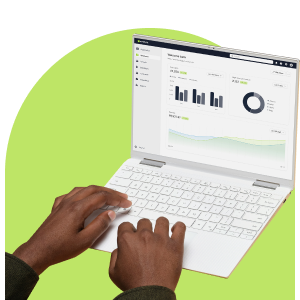Personalisation and Dynamic Content are two powerful strategies for email marketing, and both can significantly enhance the relevance and engagement of your campaigns. However, while they are related, they serve distinct purposes and are implemented in different ways. Here’s a breakdown of the key differences between the two.
What is Personalisation?
On a basic level, personalisation involves tailoring content to an individual recipient’s specific data by using a personalisation tag. Most often this would be the recipient’s name (using it in the subject line or email body), but you can personalise your messages according to any information (like their preferences or interests) you’ve imported, by using a feature like contact tagging. When you insert the personalisation tag, the system pulls that information into your newsletter.
Why Use Personalisation?
Stand Out in Recipient’s Inbox: Using a recipient’s name in the subject line or body of the email increases the likelihood of grabbing the attention of your recipient and them opening the email, which may lead to better open and click-through rates.
Build Customer Loyalty: Personalised communication makes your contacts feel more appreciated, heard and noticed. Tailored content resonates more with recipients, leading to better engagement and higher click-through rates.
Personalisation as a concept encompasses techniques and features at different levels, from entry-level, to mid-level and advanced.
An Example of Basic Personalisation

How to Use Personalisation Tags: Contact Tagging
One of the best ways to implement personalisation in your communication, is by using contact tagging. This forms part of the segmentation of your database and you do it on the backend of the platform you use, on the lists stored in your database. It’s similar to how you use hashtags in social media, as you would “tag” a contact with keywords or interests that identify them. That keyword or interest can then be used to send messages to all people in your database with the same tag.
Why Tag Your Contacts?
There are three main functions of contact tags:
- To organise your data: When you have thousands of contacts in your list, tags help you find contacts based on their interests or other data.
- To segment your data: When you segment your database using tags, you can personalise your messages based on these records. For example, you can send a shoe sale to people who’ve shown interest in shoes and a perfume sale to those who’ve shown interest in perfume.
- To trigger messages: When you tag contacts with certain info, you can create filters with that info, using the filters to trigger relevant message workflows to the contacts who meet those criteria. For example, you could trigger a message specifically for women (tag 1) who like shoes (tag 2).
Types of Tags You Can Use
The options are truly endless when it comes to tagging. But they’ll most likely fit into one of a handful of categories. The most common tag categories include:
- Products: The types of products contacts like to buy from you.
- Subscription Source: Where they signed up for your messaging, like a newsletter sign-up or an ebook download.
- Status: How engaged each contact is with your business (e.g.: active, inactive for 60 days, VIP).
- Interests: The things they show interest in. This can be automated with Everlytic’s interest-based tags.
- Personas: A custom persona that you’ve created for certain segments of your audience.
- Business Type: The type of business they work at.
Want some more tips on contact tagging? We’ve got you! Learn how to improve your customer experience with contact tagging.
What is Dynamic Content?
Dynamic content is a more advanced technique of personalising emails at scale. It allows you to customise which segment (or part) of your audience sees which parts of your email. As such, it falls under personalisation, but specifically, it allows you to display or hide sections of your email based on your contacts’ unique data.
Why Use Dynamic Content?
- Share Exclusive Content: This feature is great for rewards programmes since you can handpick exactly who will see which parts of your message. For example, use it to include special coupons in selected customers’ birthday emails.
- Boost Email Engagement: When people see content that’s relevant to their specific interests, they’re more likely to read and click through to your website. This approach allows you to accurately measure click-through rates and calculate ROI.
- Increase All-Round Sales: If you’re an e-commerce business, you can encourage sales by identifying your subscriber’s shopping behaviours and then creating targeted cross-sale campaigns to prompt action, for example, abandoned cart messaging.
- Save Time for Your Team: Rather than using individual lists and multiple emails for your different marketing messages, you can compile everything into a single email that engages effectively with your entire base.
An Example of Dynamic Content

Brands that collect and use data to deliver personalised messaging to their recipients are able to create email campaigns in a league of their own. Our You Mailed It winners used hyper-personalisation to make an impact!
Key Differences Between Personalisation and Dynamic Content
| Personalisation | Dynamic Content | |
|---|---|---|
| Scope | Focuses on individual-level message customisation using specific available personal data. | Focuses on segment-level message customisation, altering content based on group attributes or behaviours. |
| Implementation | Uses tags to insert specific information (for example, a first name or surname). | Uses dynamic content blocks to display different content based on predefined criteria (for example, your gender). |
| Content Variation | Often involves smaller-scale changes. | Involves larger-scale changes, like changing entire content blocks or offers. |
| Purpose | Aims to make the message feel unique to each recipient, enhancing the personal connection. | Aims to deliver the most relevant content to different audience segments, increasing the overall relevance of your message. |
The Future of Email Marketing
The power of personalisation lies in its ability to create a unique experience for every recipient, making them feel seen and valued. Dynamic content, on the other hand, allows you to tailor entire sections of your emails to match the interests and behaviours of different audience segments. You can start leveraging personalisation tags and dynamic content today, boost your engagement and potentially increase your conversion rates. The future of email marketing is personalisation in all forms – are you ready to embrace it?
A Guide to Message Personalisation
If you can’t wait to get stuck into message personalisation and learn all the tricks of the trade, we have a step-by-step guide that will show you exactly how to implement message personalisation into your client communication.



